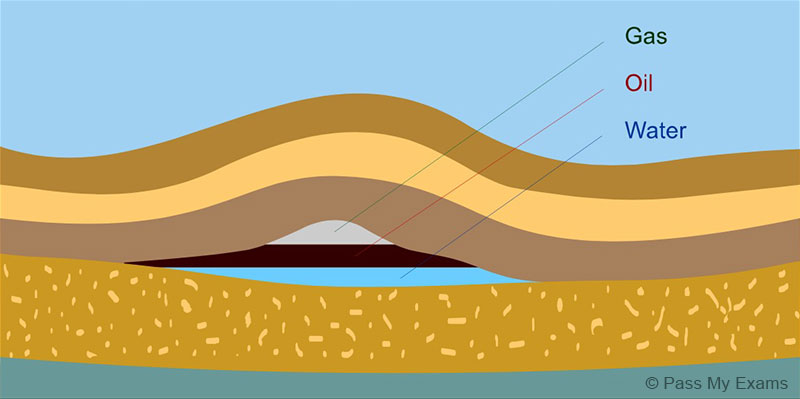The formation of Petroleum/Crude oil
The crude oil that has been extracted over the past century was formed millions of years ago. Some deposits were formed over 500 million years ago, with the newest deposit being approximately formed over 50 million years ago. Crude oil was formed from the remains of tiny sea animals and plants and is therefore a fossil fuel. Small marine animals and plants that died millions of years ago sunk to the seabed or ocean floor where they decomposed and mixed with the sand and silt.
The animation below shows the formation of crude oil.
Animations Summary
The crude oil that has been extracted over the past century was formed millions of years ago. Some deposits were formed over 500 million years ago with the newest deposit being approximately formed over 50 million years ago. Crude oil was formed from the remains of tiny sea animals and plants and is therefore a fossil fuel. Small marine animals and plants that died millions of years ago sunk to the seabed or ocean floor where they decomposed and mixed with the sand and silt.
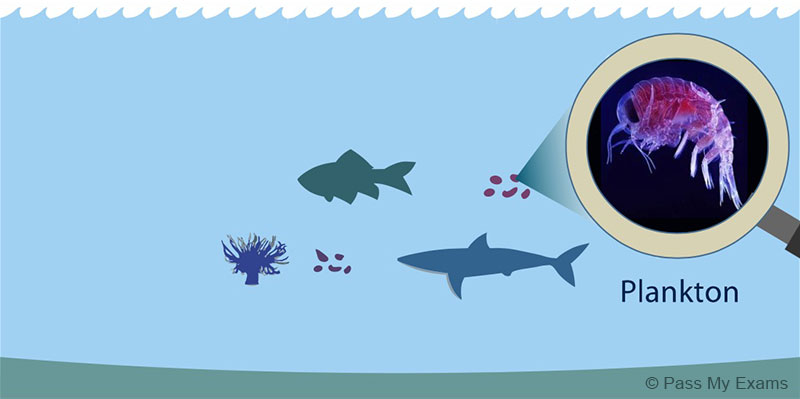
The remains of the animals and plants were buried under layers of sand and silt on the seabed. Due to the lack of oxygen on the seabed the bacteria feeding on the remains could not decompose the remains of the animals and plants completely. The partially decomposed remains overtime formed into a large mass. This over the course of millions of years was covered by multiple layers of sand, silt and mud.
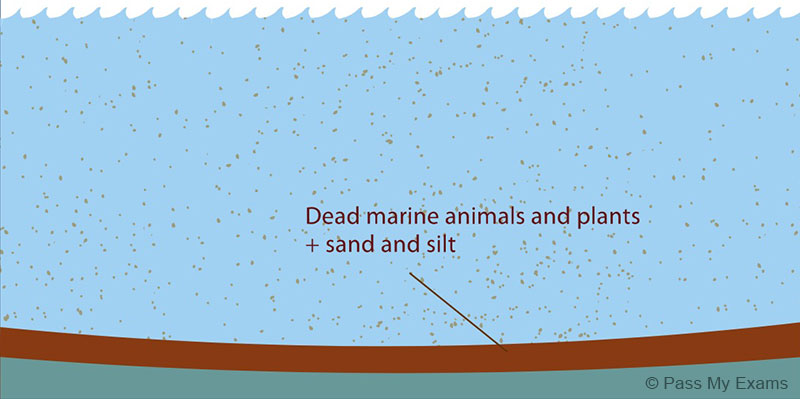
As the depth of the sediment layers built up so did the weight of the sand and silt pressing down on the layer of partially decomposed remains causing it to be compressed into a thinner layer.
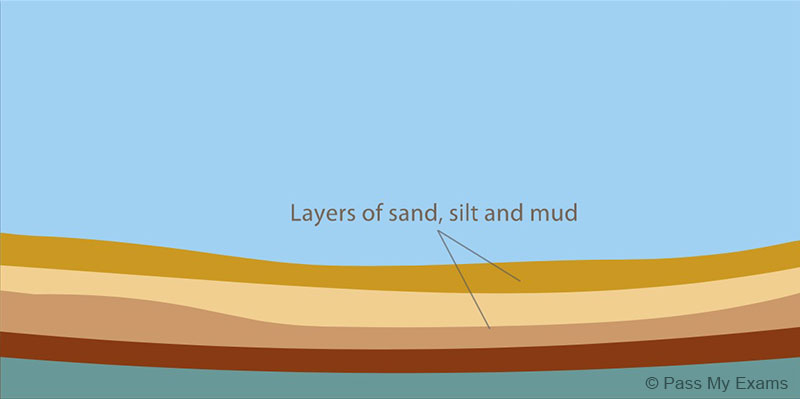
Finally, the depth of the layers on top of the buried partially decomposed layer reaches thousands of meters and the immense pressure exerted by the weight of these layers along with the natural heat from the earth results in the formation of crude oil/petroleum.
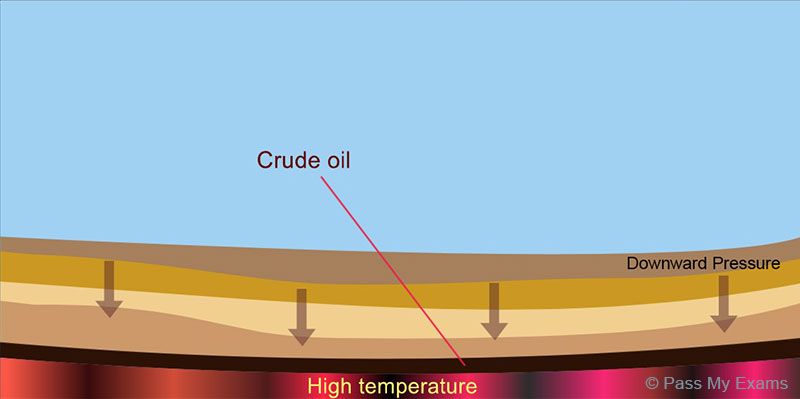
Whilst the mud and silt layers become heavier the forces applied causes the bottom layers above the crude oil to turn into shale.
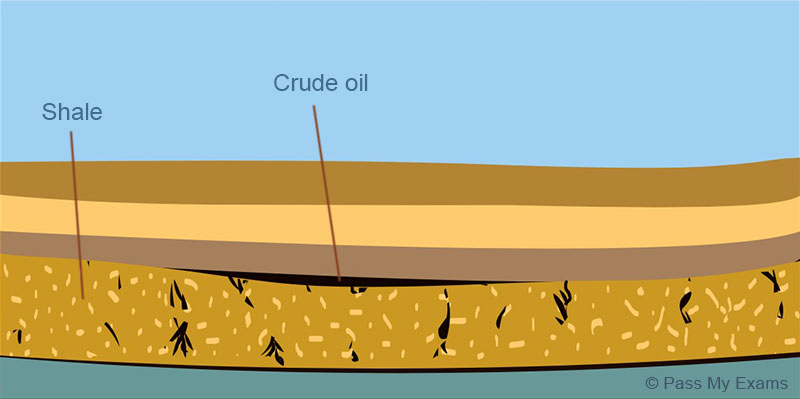
The oil is forced out from its original area of formation and travels upwards through the cracks and gaps in the shale formation until it reaches a new impermeable rock formation called reservoir rock. The oil lays trapped here until it is discovered and extracted.
